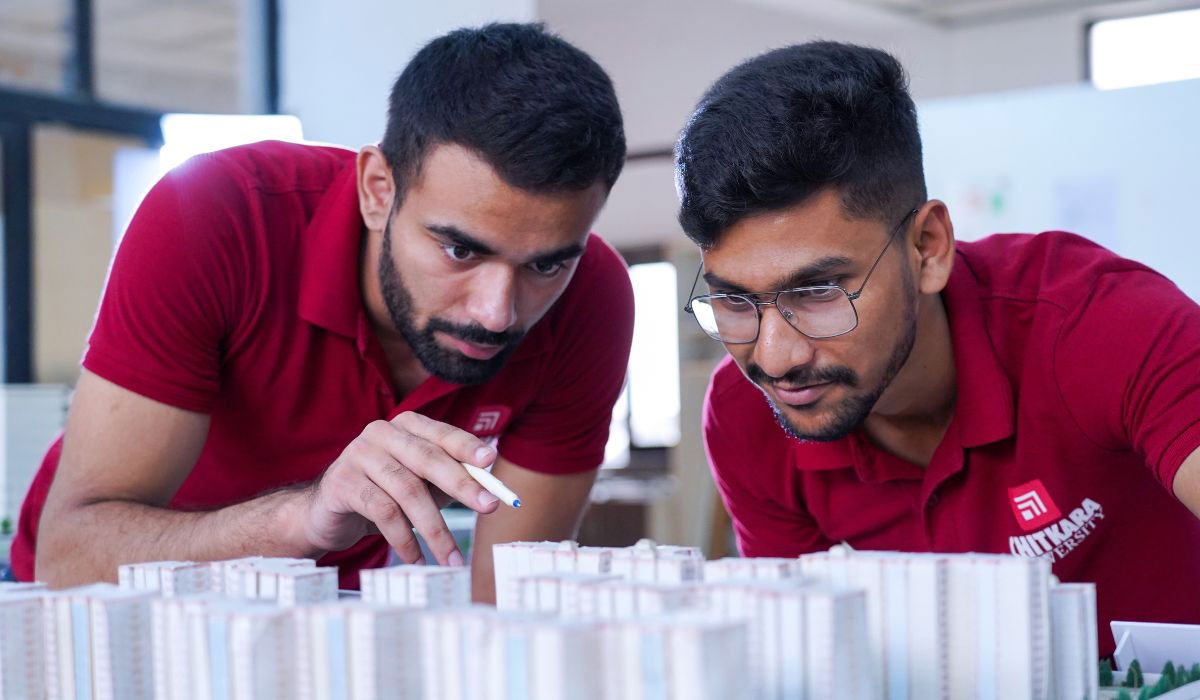Role of Architecture in Shaping Communities
- By -Peter
- Posted on
- Posted in Modern Architecture
Architecture plays a pivotal role in shaping the social, economic, and cultural fabric of communities, influencing how people interact with their surroundings and each other. Here’s how architecture enhances livability and community well-being:

Fostering Social Interaction and Cohesion
Well-designed public spaces, such as parks, squares, and community centers, encourage social interaction and community engagement. Thoughtful urban planning integrates these spaces seamlessly into neighborhoods, promoting a sense of belonging and collective identity among residents.
Promoting Sustainable Development
Architecture can lead the way in sustainable development by incorporating energy-efficient design principles, renewable materials, and green spaces. Sustainable buildings not only reduce environmental impact but also contribute to healthier living environments and lower operating costs for communities.
Enhancing Access to Amenities and Services
Architectural planning ensures equitable access to essential amenities and services, such as healthcare facilities, schools, and public transportation. By strategically locating these facilities within neighborhoods, architecture facilitates convenience and improves overall quality of life for residents.
Preserving Cultural Heritage
Architecture preserves and celebrates cultural heritage through the design and preservation of historic buildings and landmarks. These structures serve as anchors for community identity, fostering pride and a sense of continuity across generations.
Improving Safety and Well-being
Designing buildings and public spaces with safety in mind enhances community well-being. Factors such as adequate lighting, clear signage, and accessible pathways contribute to a sense of security, encouraging outdoor activity and reducing crime rates.
Creating Vibrant and Sustainable Urban Environments
Urban architecture shapes the character and functionality of cities, promoting economic vitality and attracting businesses, residents, and visitors. Mixed-use developments, pedestrian-friendly streetscapes, and green infrastructure contribute to vibrant urban spaces that support diverse lifestyles and activities.
Collaborative Design and Stakeholder Engagement
Engaging community members, stakeholders, and experts in the design process ensures that architecture reflects local needs, preferences, and aspirations. Collaborative design approaches foster transparency, inclusivity, and consensus-building, leading to more resilient and responsive built environments.
Conclusion
Architecture is more than just buildings; it is a catalyst for positive change in communities. By prioritizing thoughtful design, sustainability, and community engagement, architects can create environments that enhance livability, foster social cohesion, and promote a high quality of life for all residents. As cities evolve and grow, the role of architecture in shaping resilient, inclusive, and vibrant communities becomes increasingly essential.



